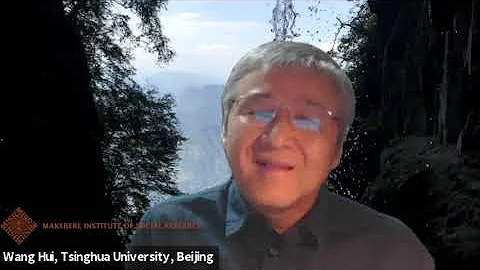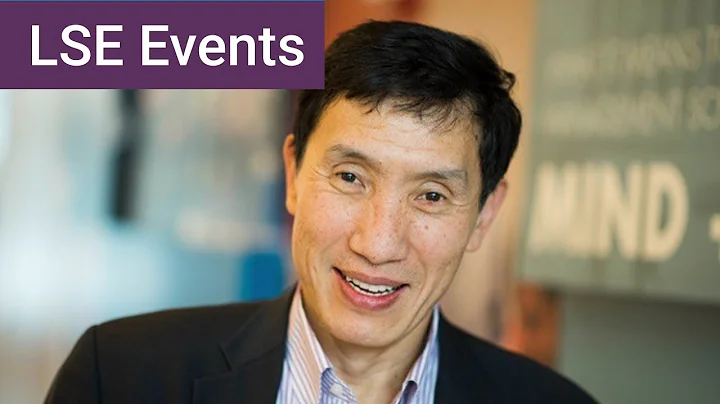From the Battle of Fushun in 1618 to the end of the Forbidden City in 1644, the Ming and Qing Dynasties fought for nearly half a century. Why did the Manchu and Qing regimes finally defeat the Han and Ming dynasties? How did it defeat it? In this regard, teacher Hou Yangfang made an "objective and neutral description" in his new work "Zhan Zhan".

"Conquest"
"Conquest" is a popular history work recently released by Tianxi Culture depicting the "long history of the Qing Dynasty". The work is divided into two parts with a total of six chapters. It objectively reviews and reviews the " rise of the Qing Empire" process from the Battle of Sarhu to Qianlong's consolidation of Tibet, and brings us the "founding" and development of the Qing Dynasty. The history of "expanding soil". In writing this book, the author focuses on solving two problems. One is trying to explain "an unavoidable problem" in the "fall of Ming Dynasty and rise of Qing Dynasty", that is: "Why did a small, backward tribe rise up in the Changbai Mountains? Can the Ming Dynasty , which ruled hundreds of millions of people, occupied the best areas of East Asia, and lasted for nearly three hundred years, be wiped out? "Second, how did the Qing Dynasty, as a non-"expansionary empire", consolidate the territory of the "Ming Dynasty in the later period of its rule?" "How to expand territory and establish "a large territory including the main agricultural areas in East Asia, the Northeast fishing and hunting areas, the Mongolian Plateau nomadic areas, the Qinghai-Tibet Plateau and Western Regions Xinjiang, with an unprecedentedly vast territory and unprecedentedly powerful control. Empire." Compared with the two questions, the former one occupies a larger space, which reflects the author's focus in writing this book - describing the founding process of the Qing Dynasty, "trying to objectively and neutrally depict a long history of the Qing Dynasty. ".
Regarding the first question, why the Manchu Qing regime was able to defeat the Ming Dynasty, the author believes that whether it is the Ming Dynasty or the Qing court, "success and failure have reasons, which must be faced squarely and analyzed." Don't publicize the Qing court's victory His success did not dampen his enthusiasm because of the defeat of the Ming Dynasty; nor did he neglect his achievements because of the alien nature of the Qing court; nor did he deliberately avoid tabooing the Ming Dynasty because it was a Han nation. Only then can we "objectively and neutrally" sort out the history of the Ming and Qing iterations and the rise of the Qing Empire.
's description of the rise of the Qing Dynasty, the author also did not forget to analyze and comment on some important historical figures who "will accelerate or delay the process", such as " Chongzhen Emperor Zhu Youjian, Qing Taizong Huang Taiji, Regent Dorgon etc." The consideration of both historical events and characters shows that this book is a dual account of historical events and characters during the fall of the Ming Dynasty and the rise of the Qing Dynasty.
We all know that "In the information age, a huge amount of information is produced and pushed every day. The more information there is, the harder it is to understand the truth, because almost all information sources may be 'contaminated'." As it is now, it is even harder to avoid when looking back into history. For example, "the abuse of 'memorials' in film and television dramas, literary works and even professional treatises" is actually "an institutionalized product of the Qing Dynasty's arbitrary imperial power" and "did not exist at all before the Qing Dynasty Kangxi ". Therefore, in order to prevent such rumors, the author "tried to use more than two independent sources of information to restore historical facts" in the book, "restore the highly divided Qing Dynasty", and describe the rise of the Qing Empire that is close to the truth. Therefore, this book also provides many examples for "how to break the information pollution prison in the era of information overflow..." and is worth learning from.
"The Qing Dynasty inherited and accumulated thousands of years of Chinese tradition" and "collected the culmination of two thousand years of ruling techniques." How did it defeat the Ming Dynasty and various peasant uprising military regimes, and rule the numerous Han people with a small number of ethnic minorities? Yes, let’s see how "Zhan Zhan" is narrated...








![[FULL] Professor Wang Gungwu: China's reforms - whose way is the best? - DayDayNews](https://i.ytimg.com/vi/9lyxv7NlY4w/hq720.jpg?sqp=-oaymwEcCNAFEJQDSFXyq4qpAw4IARUAAIhCGAFwAcABBg==&rs=AOn4CLBnO7Mxwb11SoPMAX5bBewt_bUhLA)


